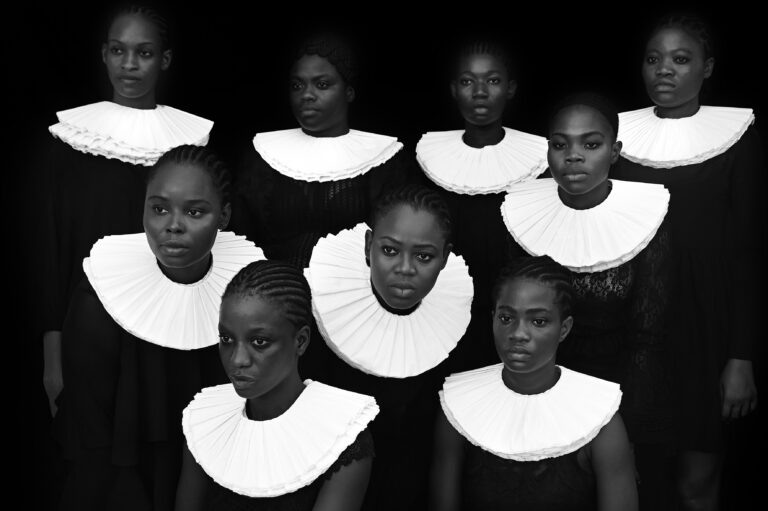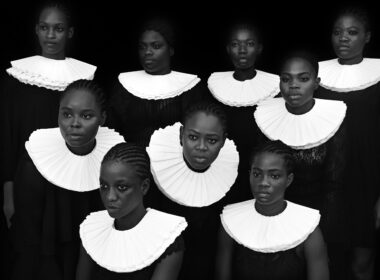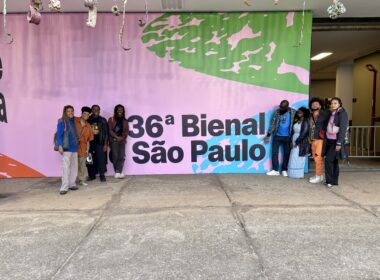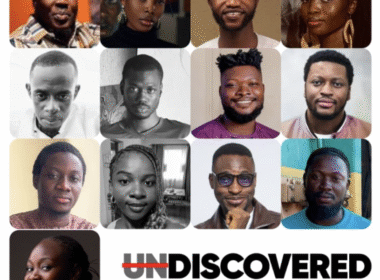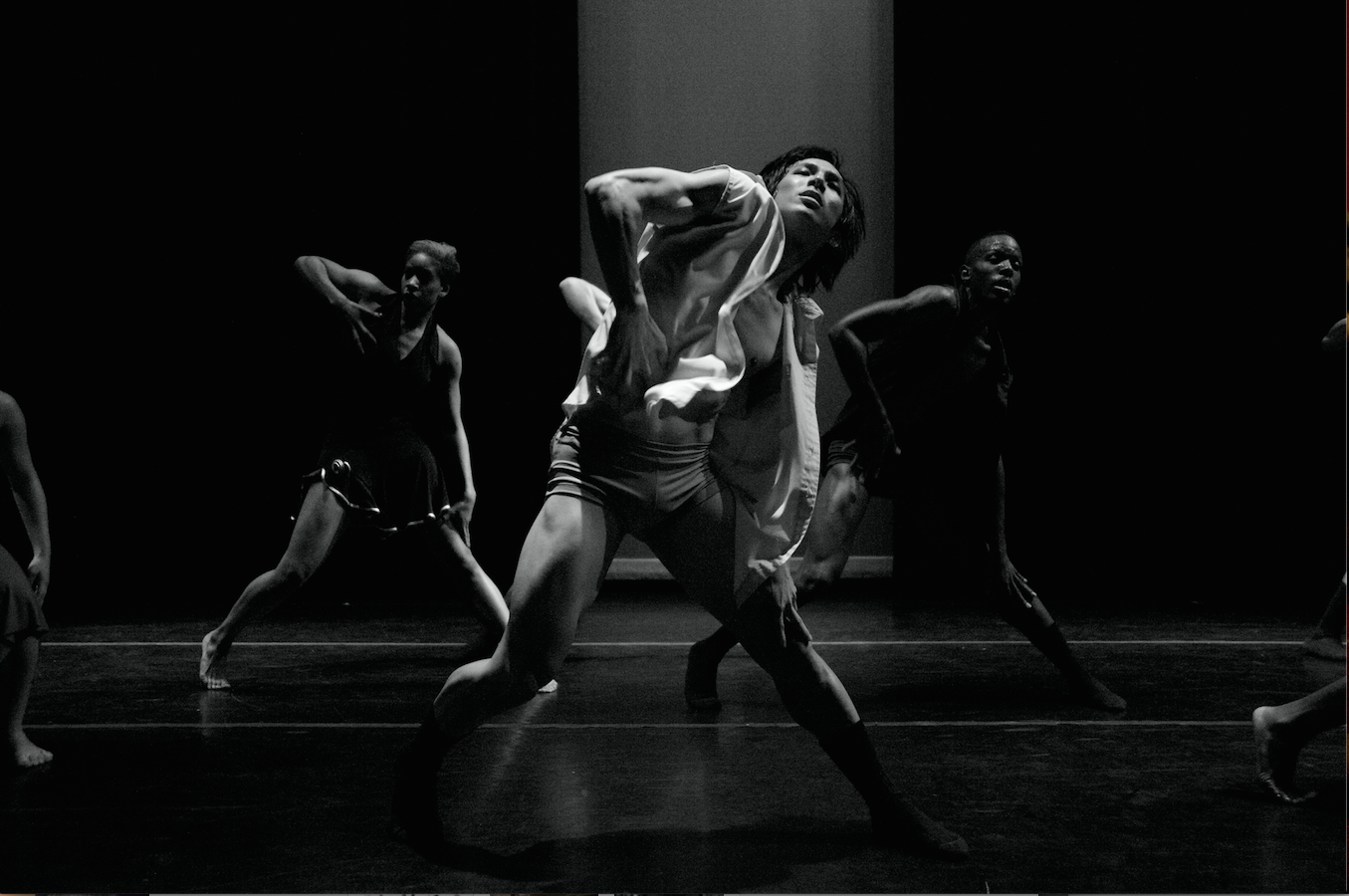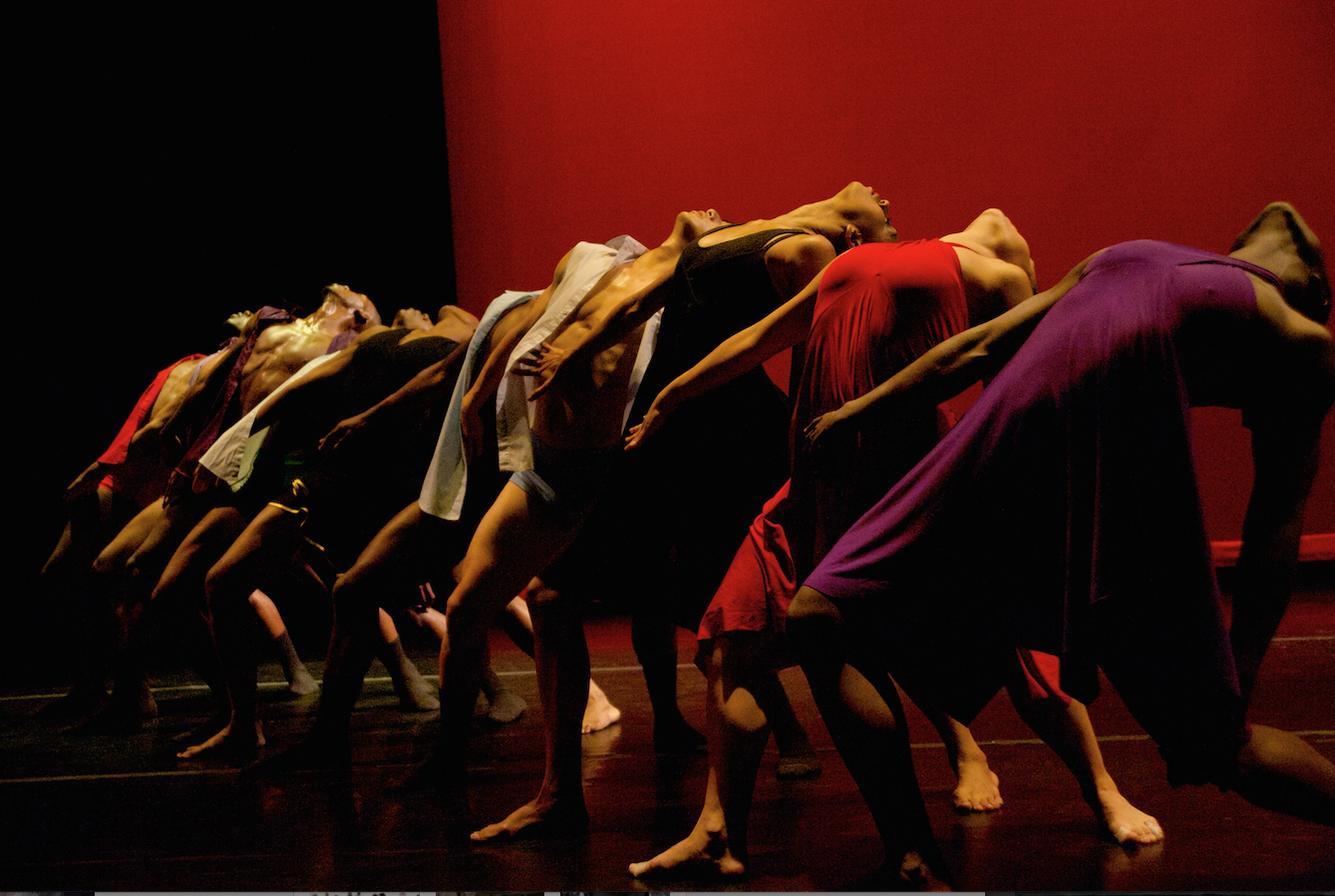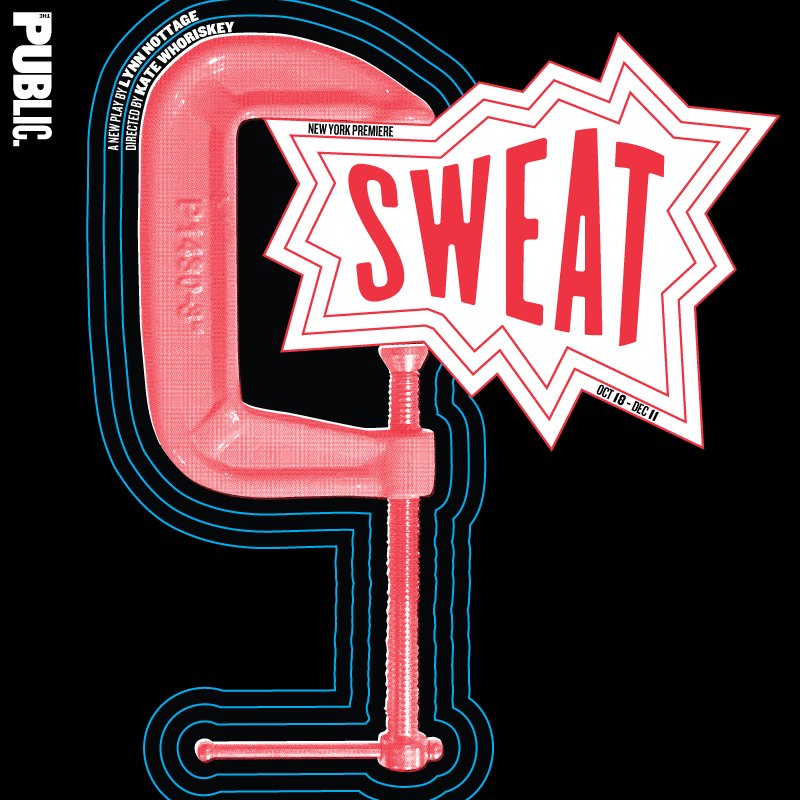I can’t remember a time in my professional life that Peter London was not discussed. His ability to create world-class choreography is well-known, his professionalism is a model for arts executives, his experience is on par with the best.That’s why is was great to communicate with Peter London about his latest project this week. Peter London Global Dance Company (PLGDC), helmed by Mr. London gets everything right. The company is a platform to meld cultures, train dynamic dancers and to give a voice to choreographers that we may not see in South Florida. He gives the gift of the world to us, as well as a new way to see ourselves. The company’s upcoming performance Spring into Light presents new ways of telling classic stories and explores science through dance. I had a chance to learn about Mr. London’s current work, what makes him tick and his thoughts on the landscape for Black choreographers and dancers.
Mr. London, you have a stellar reputation and are known for excellent work and exceptional dancers. Tell me about your latest choreography?
My latest choreography will premier this weekend at the Adrienne Arsht Center in Miami in an exceptional performance. The first piece is called JOURNEY, with music by Igor Stravinsky’s Rite of Spring. The dance is a rite of passage for a young virgin man coming into the consciousness of his sexuality for the first time. The rituals and dances are taken from ancient concepts of fecundity rites found in different cultures around the world: West Africa, Haiti, Russia and ancient Izmir, Turkey as well as native American cultures. In the traditional concept of Stravinsky’s Rite of Spring, the sacrificial virgin ( in this occasion, a male ) dances himself to death, prodded on by the devotees of the two tribes. The sets designed by Joshua Gumbinner and myself serve as an alter for the goddesses, a divine tunnel and initiation pathway for the transportation of the spirit of knowledge and the table of sacrifice. It is designed with fecundity symbols from Ancient Egypt, Mesopotamia, Mayan and Aztec cultures, and Veves of the Haitian Loas.
The second work, Light, with music by Rachmaninoff is a dance based on the concept of how light affects the human experience, in terms of energy, mood, emotions, the ability to see or not to see, to feel, think, act, eat, and dance. The work is supported by digital designs by Amanda Keeley in association with Joshua Gumbinner.
Does the vision for new work come to you in a flash or are they long-burning ambitions? What sparks your creativity?
Ideas for choreography come to me in a flash and may take weeks, months or years to become a reality. Influences are usually music or the biography of an individual or deeply moving subject matter of the human experience.
Can you share your creative process?
Once I am moved to create based on music or human experience, I spend many hours listening to the music, to tell me its story and so that I can decipher what I think the composer or musician is trying to convey. Then I write up a storyline based on that, then my story line based on how I am moved by the music. Next I work on marrying the two, which is a long and complicated process. If there is an independent story line outside of the music, three concepts have to come together as one, and that is a greater challenge.
What is the state of dance for black choreographers and dance now? Is this an exciting time or a not so exciting time?
I am not in the complete know about the state of black choreographers and dance right now. I am aware of some of the choreographers who are black; several of them are my former students, and while a small few have major opportunities and that is exciting, it appears to me that those opportunities need to expand more frequently and consistently. The struggle continues for funding and professional space to create and present work. One of the more brutal challenges is the ability to maintain a group of dancers willing to work professionally, but in a community where potential contributors are not philanthropists for the arts and in particular, dance and more so modern dance. The challenge is nearly insurmountable. Early education and ongoing community education of how supporting artists and the arts builds a vibrant creative and economically fit community is greatly needed in most communities, but in particular in the communities where that concept is not a tradition. Philanthropy takes on different forms of giving for different communities.There is no great lack of money for the arts. It is how communities choose to spend their money and what values they feel are worthwhile to them. Nonetheless, positive changes are happening, and we will get there.
You received a grant from the Knight Foundation. How will that investment move Peter London Global Dance forward?
Our initial funding came from a 2011 Knight Foundation Challenge Grant. This grant allowed us to set up shop as it were: move forward on a business plan, incorporate the company, procure rehearsal space, attract local dancers and choreographers who want to stay and work professionally in Miami or return home. Knight Foundation helped us attract donors and government grants from the city, county and state level, as well as cultural exchange opportunities in Trinidad and Tobago, my home country.
What can we expect from Peter London Global Dance?
PLGDC continues to support local dancers and choreographers in fulfilling their dreams of working professionally here in Miami and is beginning to expand to reach audiences and communities nationally and globally. Our educational outreach program is increasing with more pro-bono performances for students throughout South Florida, and more of our dance stars are finding an opportunity to share their artistic achievement with their community via the PLGDC. We continue to serve as an oasis for creative excellence for our dance artists.
